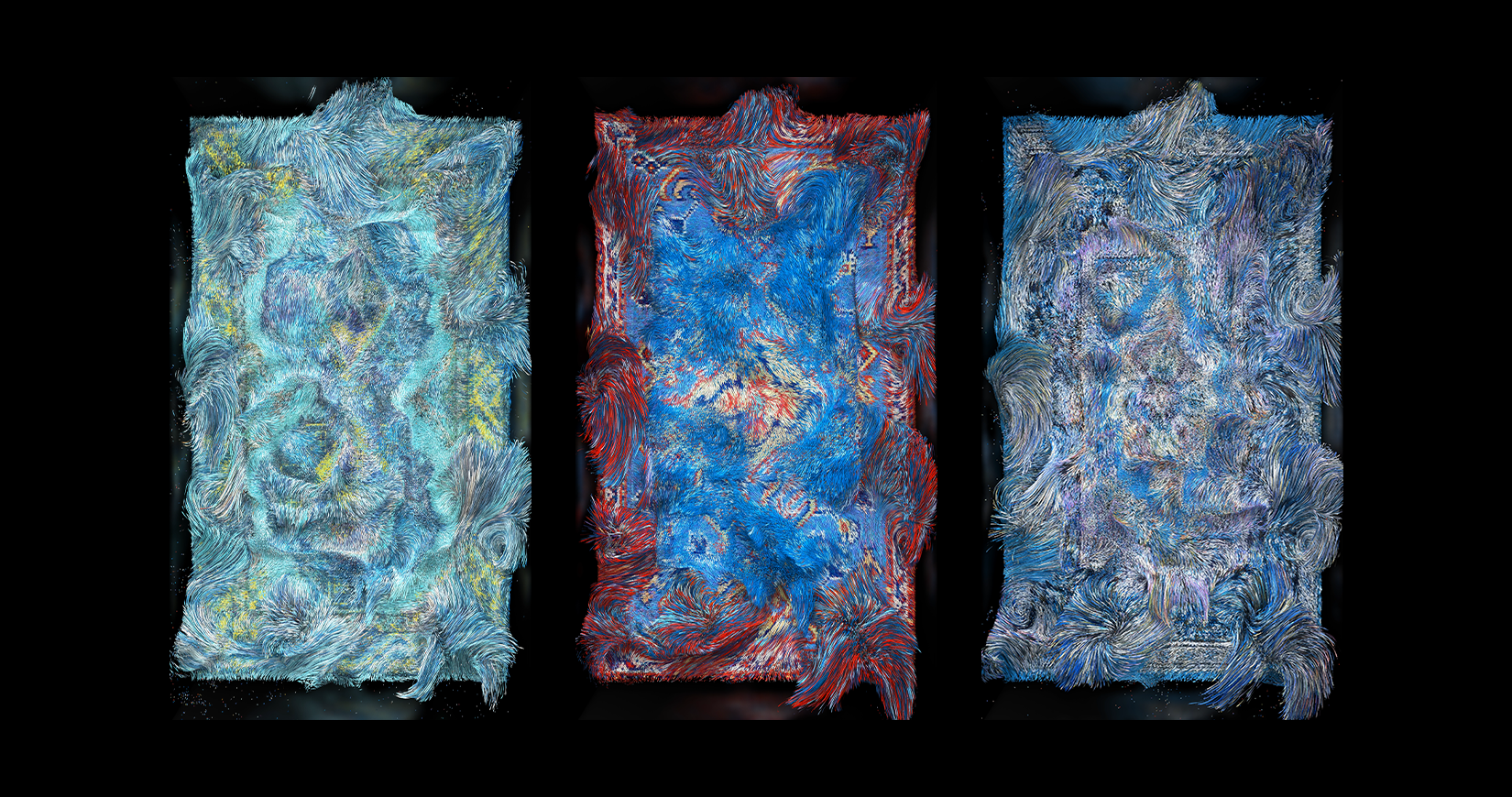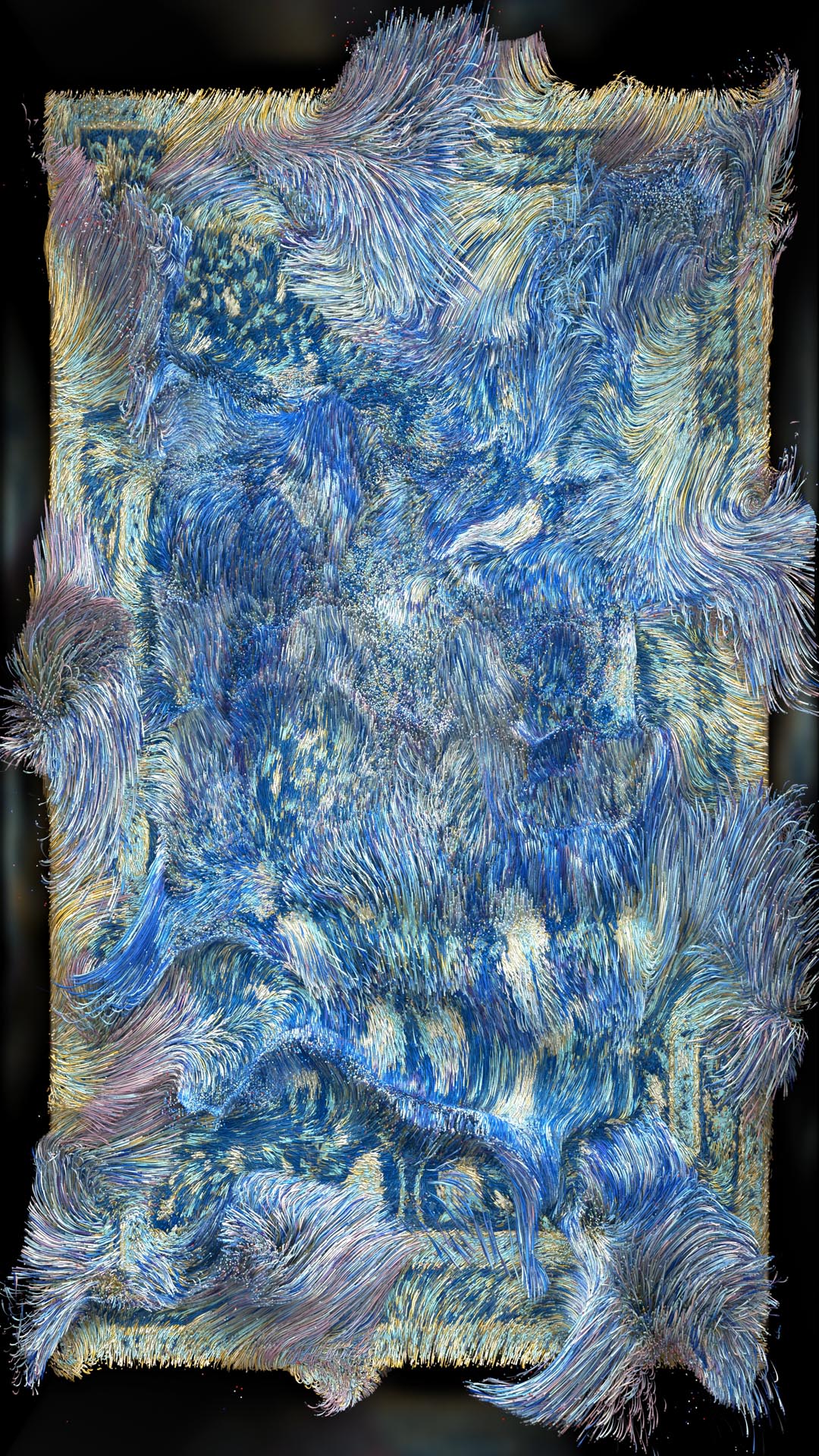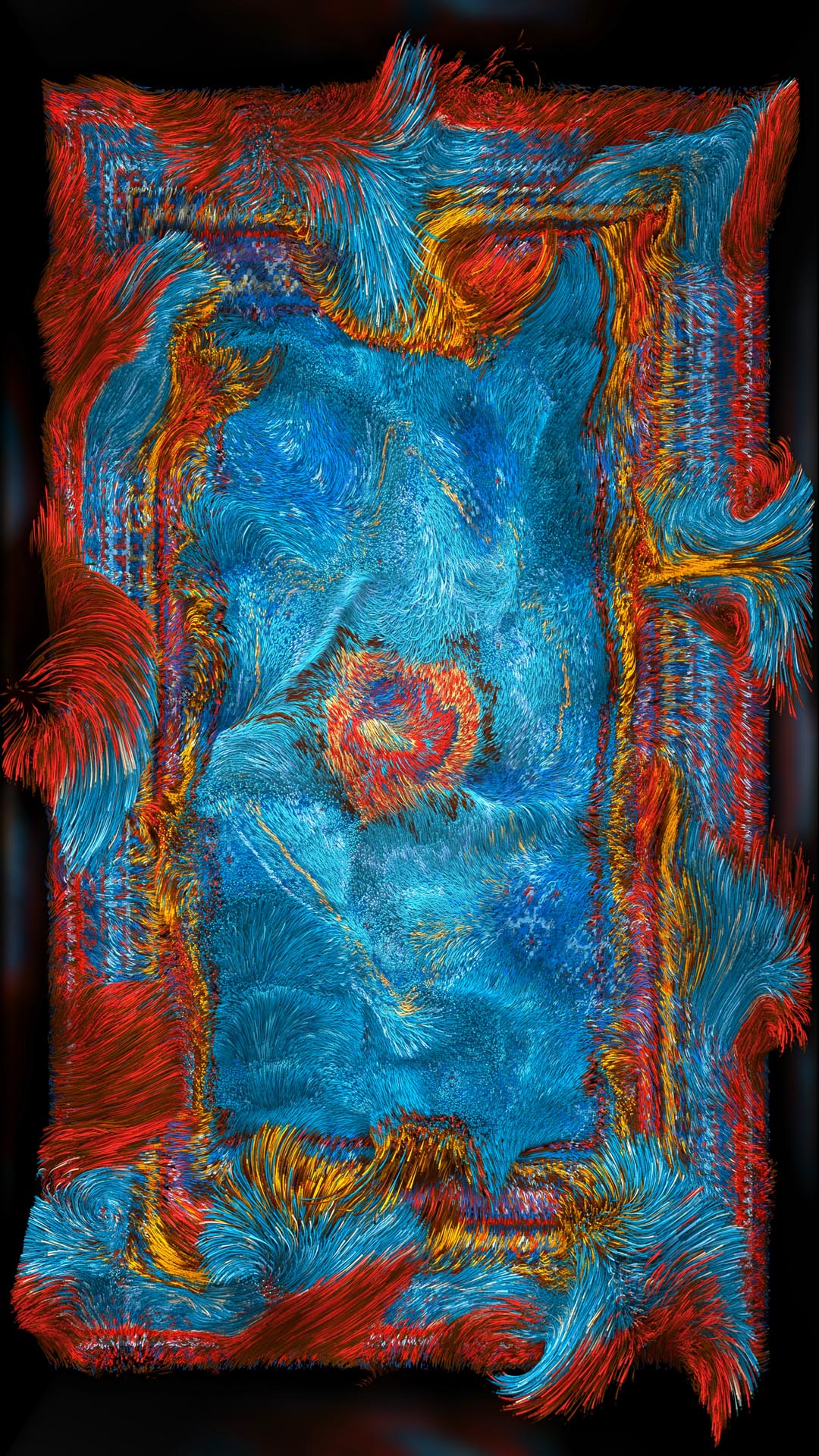Copyright © 2025 Motivate Media Group. All rights reserved.
Orkhan Mammadov uses digital art to raise awareness on the importance of cultural heritage
The artist's works uses images of Azerbaijani carpets and other aesthetics from the East

“I am a creative technologist,” begins digital artist Orkhan Mammadov, who has been a pioneer in the digital arts sphere in his native Azerbaijan since 2013 through his first exhibition with Baku-based gallery YARAT. “If we talk conceptually, my paint is data, my brush is algorithms, and the displays are my canvas.” Mammadov’s works are a blend of his Azerbaijani heritage, along with popular aesthetics and references to surrealism, which combine to become Artificial Intelligence (AI) and Machine Learning (ML)-based installations.

Mammadov’s solo presentation with London-based GAZELL.iO, titled ‘Singularity in Heritage’, was shown during Art Dubai Digital, the fair’s first experience of showcasing a body of digital artworks under the curation of Chris Fussner. Offering a glimpse into the artist’s ongoing research project and autonomous AI art – which was first shown at the Venice Contemporary Biennale in 2019 and the Moscow International Art Biennale – it features a series of video works that are the result of an AI algorithm designed by the artist to understand and find similarities between carpet designs and traditional ornamentation across the Middle East. After processing over 150,000 archival images of carpets, rugs, kilims, miniature paintings and ornamental patterns found across museums and libraries worldwide, a neural network computing system brings together this amalgamation of heritage through a digital lens, enabling the viewer to encounter a visual history of traditional carpet designs – making them the first-ever carpets to be designed in the metaverse.
Historically, carpets, miniature paintings and decorative oriental patterns have played a significant role in forming Azerbaijan’s heritage and aesthetics. And while the Middle East is home to a wide range of carpet traditions, many of them share similarities such as geometric patterns, floral motifs and calligraphic shapes.

“Perhaps with machine intelligence, we can redefine the concept of repetition,” Mammadov suggests. “The installation’s visual component imitates traditional Azerbaijani patterns. As a result, viewers see how AI builds new alternatives. These alternatives have a synthetic nature that has nothing to do with the history of authentic ornament patterns. AI imitates and fakes a traditional learning process [that is] usually handed down from generation to generation.
“By accessing the data of authentic ornament images, AI becomes an independent master that can invent new ideas to update culture,” he continues. “Besides symbols, AI generates new concepts and meanings. It blurs the boundaries between [what is] real and [what is] fake. These actions further prove cultural development, as non-human intelligence replaces traditional craft tools.”
Mammadov likens his creative process to “painting with data”, and although the crafting process is executed entirely through digital means, tangible heritage is vital to his work. “The main goal that I want to achieve through my art is to remind visitors of the value of cultural heritage,” he concludes.
The Latest
Elevate Your Reading Space
Assouline’s new objects and home fragrances collection are an ideal complement to your reading rituals
All Aboard
What it will be like aboard the world’s largest residential yacht, the ULYSSIA?
Inside The Charleston
A tribute to Galle Fort’s complex heritage, The Charleston blends Art Deco elegance with Sri Lankan artistry and Bawa-infused modernism
Design Take: Buddha Bar
We unveil the story behind the iconic design of the much-loved Buddha Bar in Grosvenor House.
A Layered Narrative
An Edwardian home in London becomes a serene gallery of culture, craft and contemporary design
A Brand Symphony
Kader Mithani, CEO of Casamia, and Gian Luca Gessi, CEO of Gessi, reflect on the partnership between the two brands
The Art of Wellness
Kintsugi in Abu Dhabi, situated in a seven-storey villa, offers the ultimate zen retreat
Design Take: Inside the Royal Suite at Jumeirah Al Naseem
With sweeping views of the ocean and Burj Al Arab, this two bedroom royal suite offers a lush stay.
Elevated Living
Designed by La Bottega Interiors, this penthouse at the Delano Dubai echoes soft minimalism
Quiet Luxury
Studio SuCo transforms a villa in Dubailand into a refined home
Contrasting Textures
Located in Al Barari and designed by BONE Studio, this home provides both openness and intimacy through the unique use of materials
Stillness, Form and Function
Yasmin Farahmandy of Y Design Interior has designed a home for a creative from the film industry
















